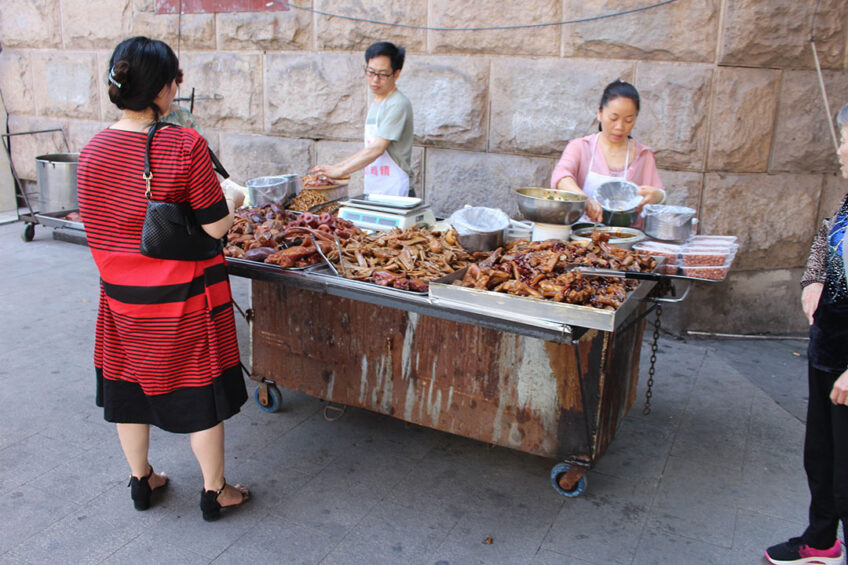China hit by a decline in pork prices

Excess pork production in China has lowered pork prices, causing small and medium producers to liquidate farm inventories, and limiting piglet restocking. In response, Chinese authorities are exploring options to support farmers amid the dim outlook.
In a Global Agricultural Information Network (GAIN) report, staff of the US Department of Agriculture (USDA) cited the cause of a decline in pork prices to be a result of the late 2020 resurgence of ASF in China.
They said: “The outbreak of ASF in 2020 has seen producers exhibiting greater concern about the spread of the disease. As a result, pig producers rushed to sell, causing a decline in prices. From January to end of June 2021, live pig prices have fallen by nearly 65 % due to increased slaughter, low consumer demand, and an abundance of pork availability in the market.”
Contributions of ASF on the volatility of the pig market
Chinese analysts and researchers reiterated on the ASF’s contributions to the volatility of the pig market. “Prices have been hit as production picked up after outbreaks of the African Swine Fever and moves to replenish the country’s pork reserves,” Wang Zuli, deputy researcher at the Chinese Academy of Agricultural Sciences (CAAS), told the state-affiliated Chinese media Global Times.
In a Reuters report, Li Ming, analyst with Myagric.com, highlighted that current hog prices of about 15.6 yuan/kg (US$ 2.44) are below the break-even point for many farmers, which could push some out of business, and lead to a substantial hit to supply later. “The risk is high that the markets will be quite volatile,” he added.
As the price for pork declined, so did piglet prices. It is reported that breeding farms have responded by culling less productive breeding sows, further affecting piglet production. Analysts expect the trend to decrease the breeding sow population for small- and medium-sized producers, while supporting large producers with high efficiency sows.
Projected decline in US soybean imports
As Chinese pig farmers suffer from price decline, US soybean exporters face the same fate. Li Yunlong, a pig farmer, told the Global Times that wholesale prices are plunging even as costs are rising. “Compared with the beginning of the year, the cost of food and feed has increased by 30%, while the market price of pigs dropped by 60%,” said Li. “I lose almost 800 yuan ($ 124.36) in selling each pig but if I keep raising them, I am going to lose more,” Li added.
The Chinese Ministry of Agriculture and Rural Affairs (MARA) issued a notice in March calling on companies to reduce soy and corn content in animal feed. Wang Zuli, deputy researcher at CAAS told the Global Times that low pork prices may persist, and due to declining demand of soybean, importers are projected to further lower their soybean imports amid this dim outlook.
Qin Yinglin, the president of domestic leading pork producer Muyuan Foods, said at a recent conference that the company has suggested a low-protein diet for pig breeding, as the nation’s consumption of soybean meal to feed pigs “remains too high” in China.
China’s plan to stabilise the pork market
China’s National Development and Reform Commission (NDRC) said in a statement that it plans to improve the way its pork reserves operate to help stabilise pig production and pork prices. It plans to buy pork from the market with the intention to store and auction to manage price volatility.
According to a Reuters report, China has held an undisclosed volume of frozen pork for years, but the reserve is estimated to be too small to significantly influence the market.












